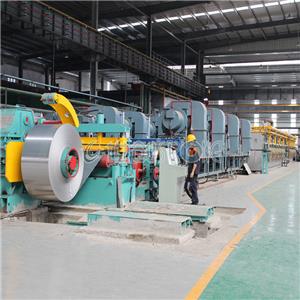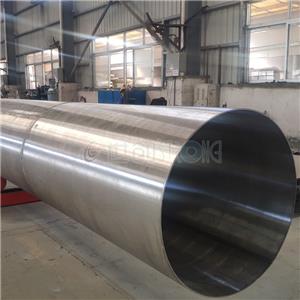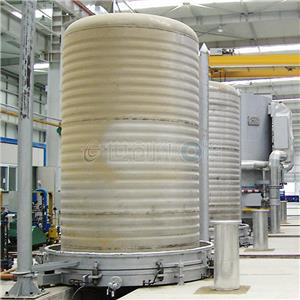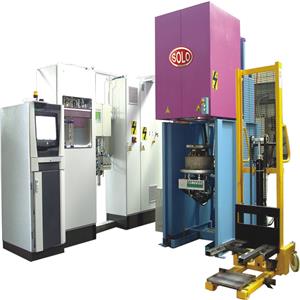THE APPLICATION OF OXYGEN, HYDROGEN, AND DEW POINT SENSORS IN PROTECTIVE ATMOSPHERE ANNEALING FURNACES
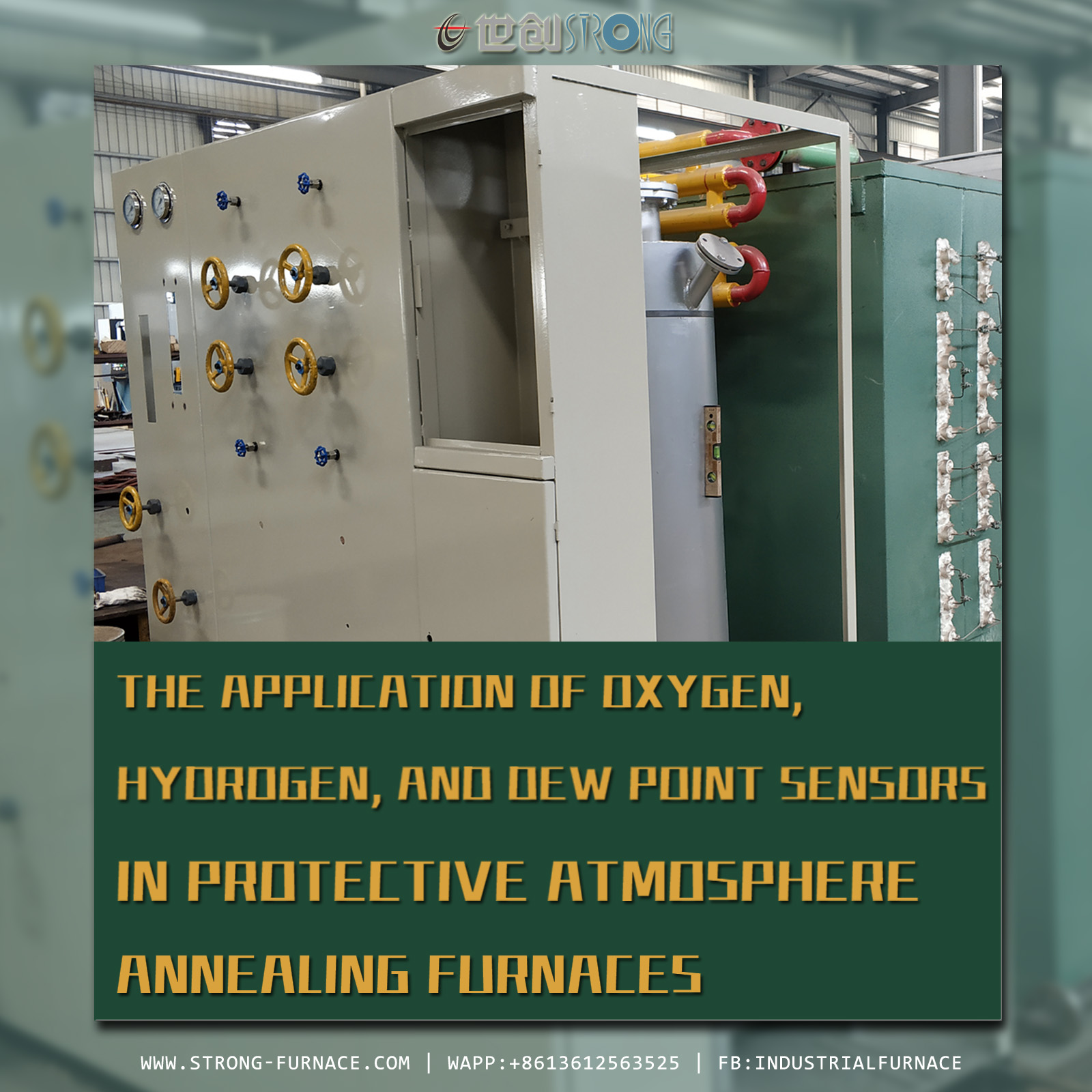
In the process of metal smelting and casting, quenching is an indispensable process, otherwise the ductility of metal products will be very low and cannot be applied. In the case of quenching, it is necessary to use an annealing furnace.
Annealing furnaces, as a type of heat treatment equipment, are widely used in multiple industrial fields, including chemical, petroleum, food, metallurgy, machinery, light industry,
power, shipbuilding, papermaking, mining, medicine, and centralized heating. The heating, cooling, condensation, and evaporation processes in these industrial processes cannot be separated from the important role of annealing furnaces.

Annealing is a crucial step in the process of metal heat treatment. By slowly heating the metal to a certain temperature, maintaining it for sufficient time, and then cooling it (which can be slow cooling or controlled cooling), the plasticity and toughness of the metal can be significantly improved, making its chemical composition more uniform. At the same time, residual stress can be eliminated, and even the expected physical properties can be achieved.
The significance of gas detection in annealing furnaces
The purpose of oxygen content detection
When the annealing furnace is in operation, the furnace is in a positive pressure state and the oxygen content is almost zero, in order to prevent external air from entering. However, due to insufficient oxygen partial pressure in the furnace, a small amount of oxygen in the air will still diffuse into the furnace. When the oxygen content in the annealing furnace is abnormal, it may be due to the following reasons:
(1) Insufficient sealing performance of the sealing rod at the inlet of the preheating section or poor sealing effect of nitrogen gas;
(2) The radiation tube of the heating furnace experiences burning through, leading to an increase in oxygen content in the heating section;
(3) There is air leakage at the inlet of the cooling section circulating fan and related pipeline valves, such as bearings, instrument interfaces, pipelines, and furnace wall flanges.
The purpose of hydrogen content detection
In the annealing furnace, the main function of hydrogen is to remove the oxides generated on the surface of the steel parts in the external or heating area, as well as to reduce and consume trace amounts of oxygen in the furnace. The concentration of hydrogen gas is fixed when it is introduced into the furnace. After the process of preheating, heating, and cooling, the concentration of hydrogen gas gradually decreases. The more hydrogen is consumed, the more hydrogen is consumed by the reduction reaction, and the total amount of steel oxide taken away is also relatively large. This indicates that the more complete the reaction, the more stable the product quality will be.
The purpose of dew point analysis and detection
The dew point of the atmosphere in the annealing furnace is a sign of the moisture content in the protective gas inside the furnace, and the height of the dew point can affect the reduction of iron oxide on the surface of steel parts. The measurement and analysis of the dew point inside the furnace can indirectly infer the changes in the composition of the protective gas inside the furnace and the state of the steel strip surface being reduced by hydrogen gas. The purpose of controlling dew point is to avoid oxidation reactions and to make reasonable use of hydrogen reduction reactions. Therefore, it is necessary to increase the concentration of hydrogen in the furnace and minimize the concentration of water vapor, which is a reasonable requirement for controlling dew point. In addition, abnormal sealing of the annealing furnace causes external oxygen to enter and react with hydrogen inside the furnace to produce water vapor, which can also lead to an abnormal increase in dew point value.
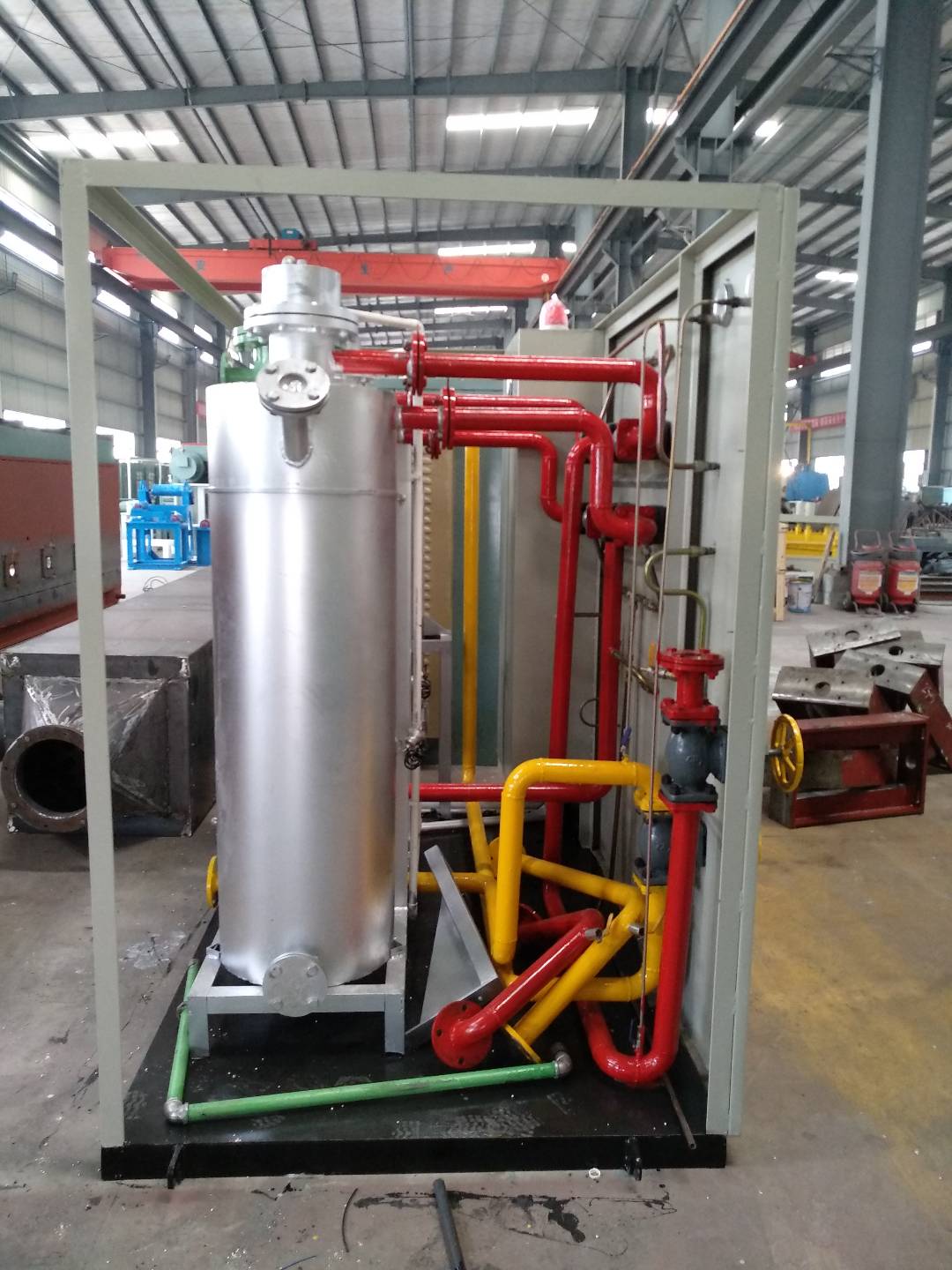
Protective atmosphere annealing furnaces usually use a nitrogen hydrogen mixture as the protective gas. By continuously monitoring the hydrogen, dew point, and oxygen content in the furnace online, real-time online detection of the content of various gases in the furnace is required. By analyzing the gas content.

